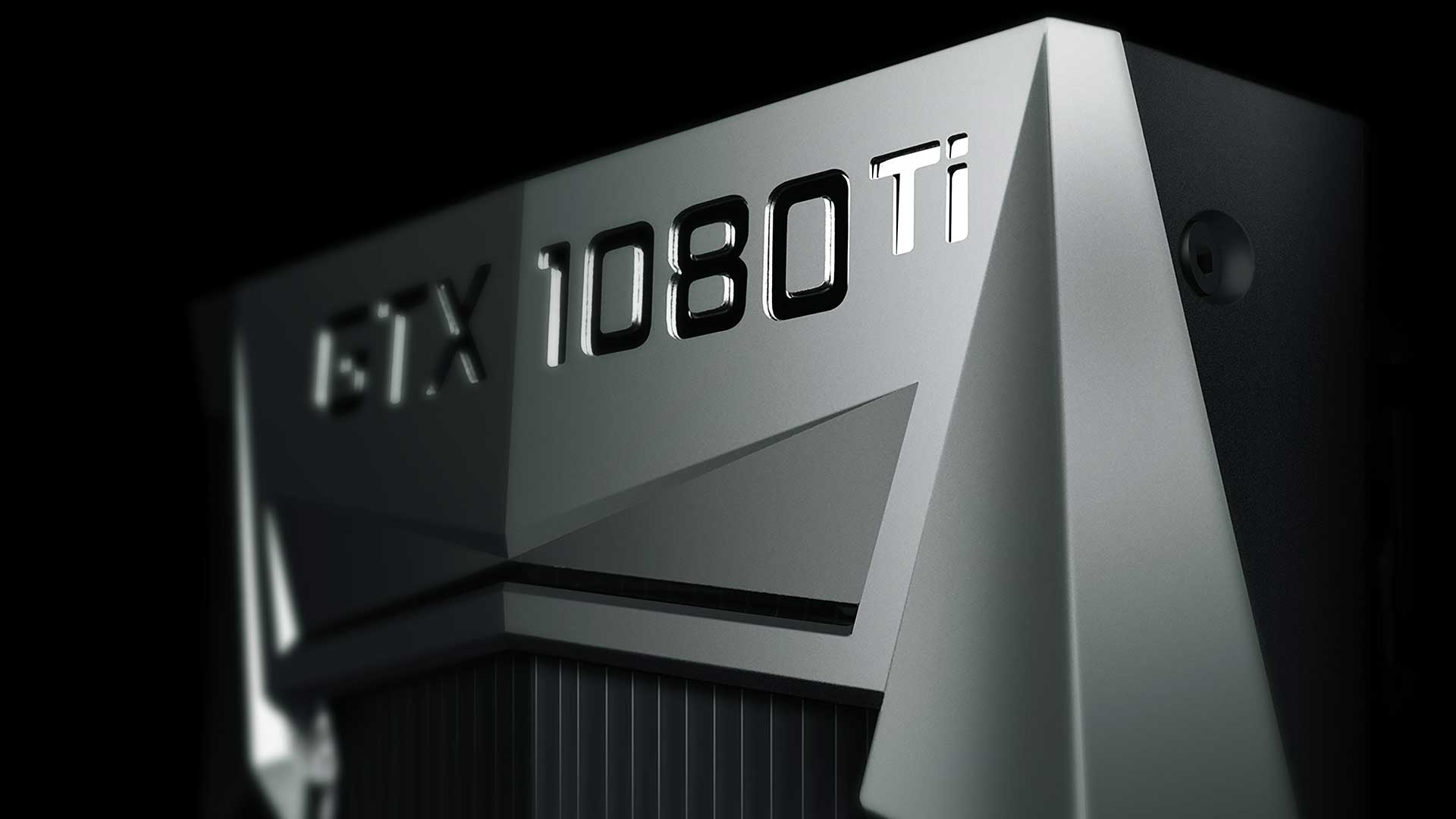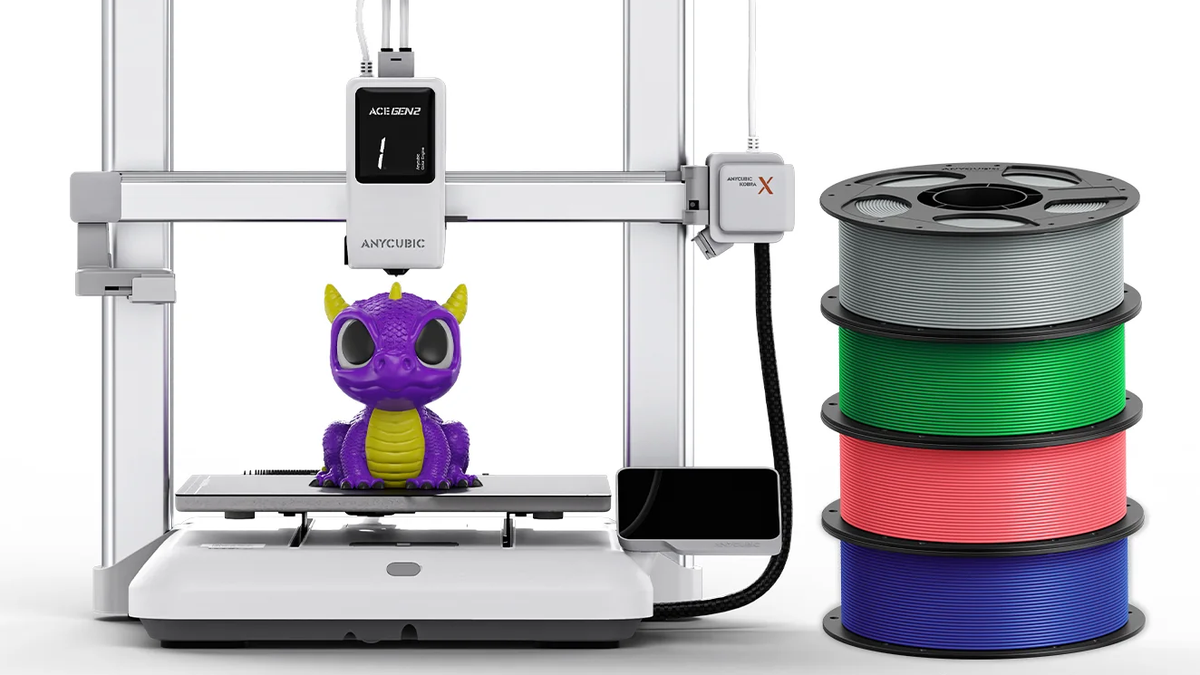Nvidia's Maxwell and Pascal families of GPUs set new bars for performance and power efficiency when they first launched, but the world of real-time graphics has gone through massive shifts since their launches about 10 years ago. Even with those industry shifts, GeForce 10-series cards have soldiered on with solid enough performance in many games, especially the GeForce GTX 1080 Ti and its 11GB of VRAM.
Despite Pascal's impressive longevity, Nvidia is ready to move on. The company confirmed this morning that it's ending new Game Ready driver development and support for these products. In a press release, the company says that "after a final Game Ready Driver release in October 2025, GeForce GPUs based on Maxwell, Pascal, and Volta architectures will transition to receiving quarterly security updates for the next three years (through October 2028)."
This announcement confirms plenty of smoke signals warning of this change, and it will affect a substantial number of gamers. GTX 9-series graphics cards are rare sights on the Steam Hardware Survey these days (possibly due to their limited VRAM pools), but GTX 10-series products still make up a notable slice of the PC gaming pie. The only Volta desktop card was the Titan V, and we expect that only a tiny handful of those are still in use.
This change may sound ominous for gamers, but it's important to note that it's not the end of the world. It's not as if Maxwell and Pascal GPUs will suddenly stop running games entirely in October. Even if Nvidia isn't further optimizing performance for these GPUs, they should at least continue to run titles that don't require features specific to Turing and later GPU architectures, albeit with less assurance of performance or stability.
Turing, of course, was the first Nvidia GPU architecture to introduce ray-tracing acceleration. Even today, RT remains a mostly optional part of the PC gaming experience. Doom: The Dark Ages and Indiana Jones: The Great Circle are (so far, rare) examples of games that mandate graphics cards with ray-tracing acceleration to run. As practically every new console and GPU includes support for RT acceleration, however, more AAA titles might impose this requirement going forward.
If ray tracing isn't essential for the enjoyment of most modern games, it's hard to imagine life without DLSS upscaling and its boosts to performance and image quality alike. Turing introduced the Tensor Cores that have gone on to power DLSS and a range of other Nvidia AI models, such as Ray Reconstruction and Blackwell's Multi-Frame Generation.
Without that matrix math hardware, Pascal and earlier GPUs can't effectively run DLSS, while even seven-year-old Turing cards can enjoy the world-class image quality of the DLSS 4 upscaler and its transformer architecture.
Pascal gamers can at least run AI-powered upscaling with Intel's XeSS DP4a model in titles that support it, but that's likely cold comfort given the range of other performance pressures on those aging products. If you're trying to eke out every last bit of life from a GTX 10-series card in modern games, XeSS at least offers more flexibility in tuning your experience.
In other news of impending end-of-life measures, Nvidia says it plans to provide Game Ready drivers for supported cards on Windows 10 through October 2026, or a year after the operating system's end-of-support date. Unlike the relatively graceful end of life period that's likely with Maxwell and Pascal GPUs, Microsoft is putting a hard stop to feature and security updates for Windows 10 this October 14. Win10 still has about 50% of the desktop operating system market, so this change will affect a huge number of users.
If you can't or won't update your gaming rig to Windows 11, it might be some comfort that Nvidia will at least have your back for a year while you consider your path forward.
Follow Tom's Hardware on Google News to get our up-to-date news, analysis, and reviews in your feeds. Make sure to click the Follow button.

 4 months ago
32
4 months ago
32










 English (US) ·
English (US) ·